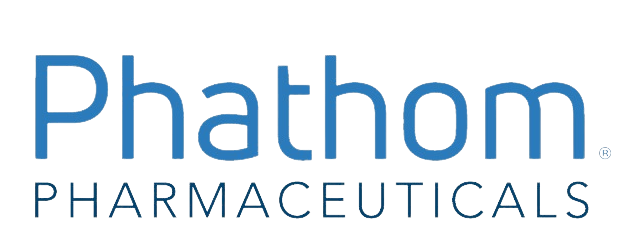The Centers for Disease Control and Prevention
Who is the CDC?
Preventing, detecting, and responding to diseases.
Mission: “We work 24/7 to protect the safety, health, and security of America from threats here and around the world.”
History
The Centers for Disease Control has been using data-driven, science-based, services to protect public health for over 70 years. Beginning as the Communicable Disease Center in Atlanta Georgia in 1946, the initial goal of this agency was to prevent the spread of malaria within the United States. As this organization began to grow, disease surveillance became the cornerstone of the CDC’s mission despite how limited epidemiology was at the time. Public health practices have changed substantially over the years with the CDC’s development and growth into one of the Department of Health and Human services major operating components. The CDC was renamed the National Communicable Disease Center (NCDC) in 1967 and then adopted the current name of The Centers for Disease Control in 1970. Learn more about the CDC’s major contributions to public health over the years through a detailed timeline beginning at its inception and through recent accomplishments.
Role and Pledge
The Centers for Disease Control is an organization that ensures the protection of the American people while keeping their health and needs at the forefront of this organization’s work. In their “Pledge to the American People,” they establish the following statements, which have been taken directly from the CDC website:
- Be a diligent steward of the funds entrusted to our agency
- Provide an environment for intellectual and personal growth and integrity
- Base all public health decisions on the highest quality scientific data that is derived openly and objectively
- Place the benefits to society above the benefits to our institution
- Treat all persons with dignity, honesty, and respect
As recent public health emergencies have shown, detection and response to new and emerging health threats is a key role of the CDC. Promotion and establishment of safe and healthy behaviors, communities, and environments often occur in conjunction with response to health threats. The agency also combats major health problems that lead to death and disability of Americans. Research through the CDC provides science and advanced technology to aid in disease prevention. The CDC trains and develops public health workforce leaders to monitor and strengthen the health of Americans.
Using Science to Improve Public Health
The CDC’s has three major areas where they work to protect global health and prepare for health threats domestically. Their global impact is strong through the containment of communicable diseases. Preventing and preparing for the spread of diseases out of, or into the U.S., and working to eradicate them has an impact on the global spread and treatment of diseases.
- Pandemic response is vitally important, whether combating the flu or new and emerging diseases such as COVID-19 (coronavirus).
- Bioterrorism preparation, surveillance, and response is established for various diseases to ensure safety.
- Vector-borne diseases pose a serious threat to public health and are researched and combatted by the CDC. Vectors can include mosquitos, ticks, and fleas, which can spread a wide variety of disease such as malaria, Zika, Lyme disease, and many more.
Information available on this page was adapted from CDC.gov














